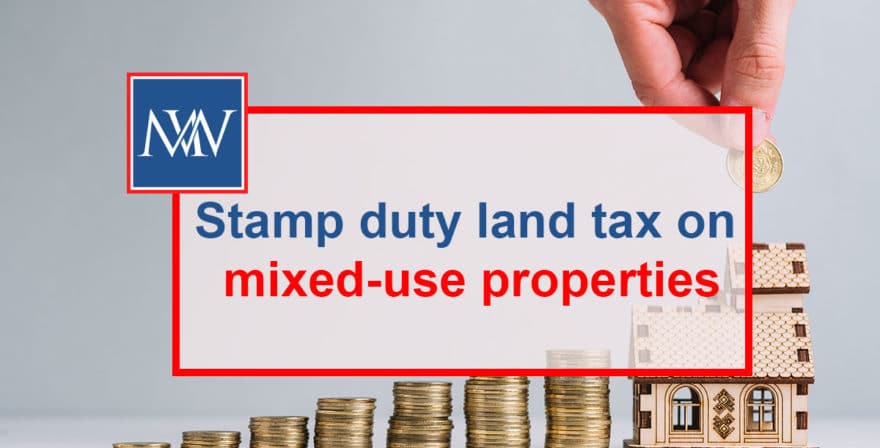
Stamp duty land tax on mixed-use properties
Stamp duty land tax on mixed-use properties, Stamp duty land tax (SDLT) is payable on the purchase of land and buildings in England and Northern Ireland over a certain value. SDLT does not apply in Scotland and Wales; instead land and buildings transaction tax (LBTT) applies in Scotland and land transaction tax (LTT) applies in Wales.
As far as SDLT is concerned, there are different rates for residential and non-residential properties. The residential rates apply where the consideration for the property is more than £125,000, with different rates applying to different slices of the consideration. The rates range from 2% to 12%. For individuals, a 3% supplement applies to second and subsequent residential properties costing more than £40,000. Relief is available for first-time buyers. Where the property is purchased by a company, a 3% surcharge applies to the residential rates.
No residential rates are much lower and only apply where the consideration exceeds £150,000. The next £100,000 is charged at 2%; thereafter the rate is 5%.
Mixed-use properties
A mixed-use property is one that incorporates both residential and non-residential use. The non-residential rates apply to mixed-use properties. As these are considerably lower than the residential rates, the SDLT may be considerably less on a mixed-use property than on a residential property.
Identifying the type of property
It will not always be clear whether the property is a residential property (to which the residential property rates apply) or a mixed-use property (to which the lower non-residential rates apply).
Residential property is one which is used as a dwelling or which is suitable for use as a dwelling. The test is applied at the effective date of the transaction. The physical attributes of the dwelling are important in determining whether it is ‘suitable’ for use of a dwelling, irrespective of whether it is actually being used as a dwelling.
Where a building is used partly as a dwelling and partly for other purposes, it may not be straightforward to determine the SDLT rates that apply. A distinction is drawn between a property where certain rooms of a building that would otherwise be a dwelling are used for work (such as a spare room being used as a home office) and one where the building is divided into separate areas, with part used for residential accommodation and part adapted for business or commercial use (such as house part of which has been converted into a surgery).
In the ‘home office’ situation, the building remains a dwelling and the SDLT residential rates apply. However, the position is less clear cut where the property is converted or used without specific conversion. It is important to note that the actual use is not important – what is important is the degree of conversion required and the degree of separation from the residential areas. If the property is sold as a single building and it consists of or includes land that is not residential property, SDLT will be applied at the lower non-residential rates. Where the property meets the test for a residential property, the residential rates will apply.
For more information Stamp duty land tax on mixed-use properties, Book a Free Consultation
Need Accountancy Support?
For information on bespoke training, or if you have any other questions for Makesworth Accountant, please fill in your details below




















 148
148